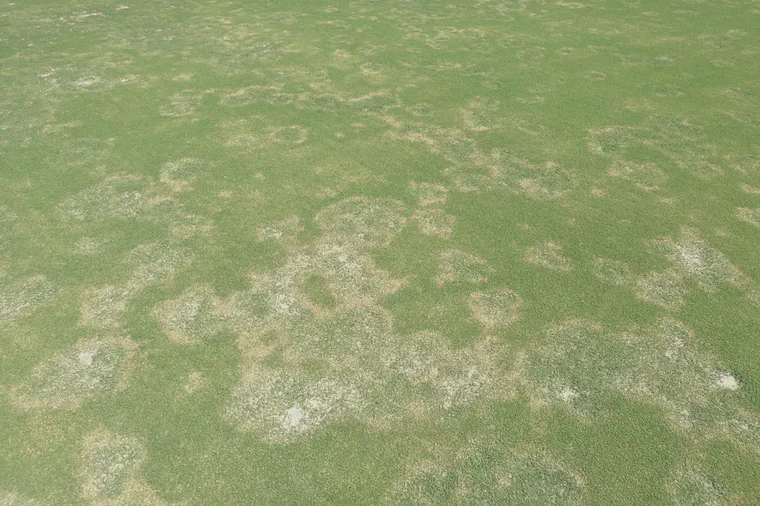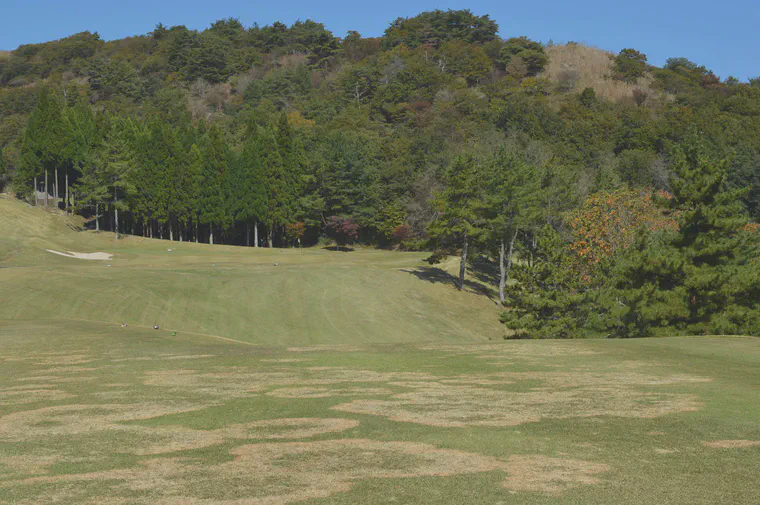MLSN and disease
This post was first published at the TurfDiseases page and I am reprinting it here.
If you want to have a good sward, then you’ll need to make sure the grass is supplied with enough nutrients. I suggest that the most effective, logical, and efficient way to do that is by using MLSN.

In a soil with low nutrient content, MLSN recommendations will simplify to 100% of grass use—identical to the precision fertilisation method (also known as demand-driven fertilisation) recommended by STERF. In soils with higher nutrient levels, or with varying nutrient content, the MLSN recommendations will account for both the plant demand of nutrients and the soil’s ability to supply those nutrients.
Sounds pretty good, doesn’t it? But what about diseases? When I teach seminars about plant nutrient requirements and MLSN, a question sometimes comes up.
“What about diseases and MLSN, is there any relation?”

The short answer is no. Don’t just take my word for it, though. We can hear from others with expertise in this area.
“After nitrogen, the two most important elements for growing plants are phosphorus and potassium. The role of these elements in controlling diseases has not been determined … The simplest solution is to maintain adequate levels of phosphorus and potassium and vary the amount of nitrogen.”
J.M. Vargas, Jr. (1994) in Management of Turfgrass Diseases, 2nd Edition, page 167
“Clearly, extra fertilizer nutrients only increase the cost of your fertilizer program with little benefit to the turf … Remember, extra nutrients in the soil will not make turf extra healthy.”
Zontek et al. (2010) in “Does the Grass Know the Cost?” from the USGA Green Section Record
“Under an adequate fertility program, turfgrasses generally will show controlled shoot growth, a deep and extensive root system, and good recuperative potential. Insufficient, excessive, or unbalanced fertilizer applications will negatively affect the plants’ growth, stress tolerance, and recuperative potential. Overfertilization … can lead to excessive accumulation of thatch in some grasses, thereby providing a good habitat for some insect and pathogen pests.”
Koppenhöfer et al. (2013) in the “Integrated Pest Management” chapter of Turfgrass: Biology, Use, and Management
Vargas advises to “maintain adequate levels of phosphorus and potassium and vary the amount of nitrogen.” Zontek et al. remind us that “extra nutrients in the soil will not make turf extra healthy.” Koppenhöfer et al. describe the beneficial results one gets from “an adequate fertility program.” These suggestions all sound a lot like MLSN.